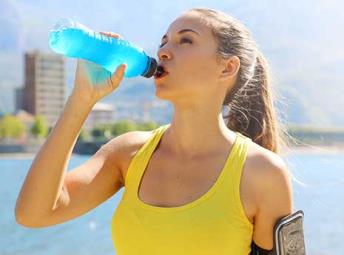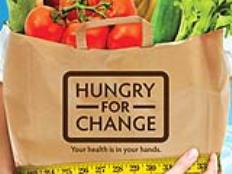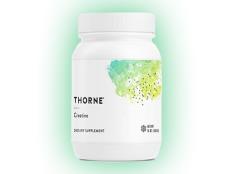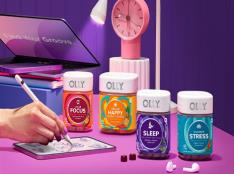Organize your eating into four "food buckets." Consume the contents of a bucket every four hours, either as a meal or as a smaller mini-meal based on wholesome foods, not sweets.
For most athletes, each meal or food bucket should be the caloric equivalent of two or three slices of pizza. That's about 500 to 800 calories per bucket (or 2,000 to 3,200 calories per day), depending on your body size, sport, and energy needs. For athletes on appetite-curbing ADHD meds, the breakfast bucket should be the biggest bucket and incorporate some of the lunch calories that will otherwise get left uneaten.
More: Top 10 Energy Carbs for Athletes
The following sample menu has four food buckets that offer a steady supply of energy for an ADHD high school athlete:
| Time | Bucket | Sample meal |
| 7:00 | Breakfast | Bagel, peanut butter, tall glass milk and banana |
| 11:00* | Lunch #1 | Tuna sandwich/whole wheat bread, string cheese and milk |
| 3:00* | Lunch #2 | Pre-exercise: Energy bar and apple |
| 7:00 | Dinner | Chicken, brown rice, veggies and milk |
*Remember: If you take ADHD meds, you may not feel hungry but your body still needs fuel. Figure out what you can eat, regardless of how hungry you are.
Eat before your appetite-killing meds kick in. Again, figure out how to front-load your calories. For example, one athlete with ADHD started eating a hearty sandwich for breakfast. Another enjoyed "planned overs" from dinner the night before. By front-loading, they felt calmer during the day, had better workouts in the afternoon, and were better able to focus on the task at hand.
More: Easy Breakfasts for Athletes
Plan to fill your food buckets with foods in their natural state, and limit your intake of highly processed foods. Some health professionals believe additives and food coloring in processed foods can trigger hyperactivity in certain people. Plus, highly processed foods often offer less nutritional value and fewer health benefits.
Shop for fresh foods along the outside aisles of the grocery store: fresh fruit, vegetables, lean meats, low fat dairy, and whole grain breads.
Include a protein-rich food in each food bucket, such as eggs, cottage cheese, peanut butter, lowfat cheese, Greek yogurt, turkey/cheese roll-ups. Again, nothing is wrong with having dinner for breakfast; enjoy that cheeseburger and oven-baked French fries and then roll the scrambled eggs and cheese into a wrap for lunch.
Protein is satiating and helps stabilize blood sugar. A trail mix made with nuts and dried fruit is another option with compact calories for easy nibbling.
More: Healthy Trail Mix Ideas
- 2
- of
- 3
About the Author








Discuss This Article